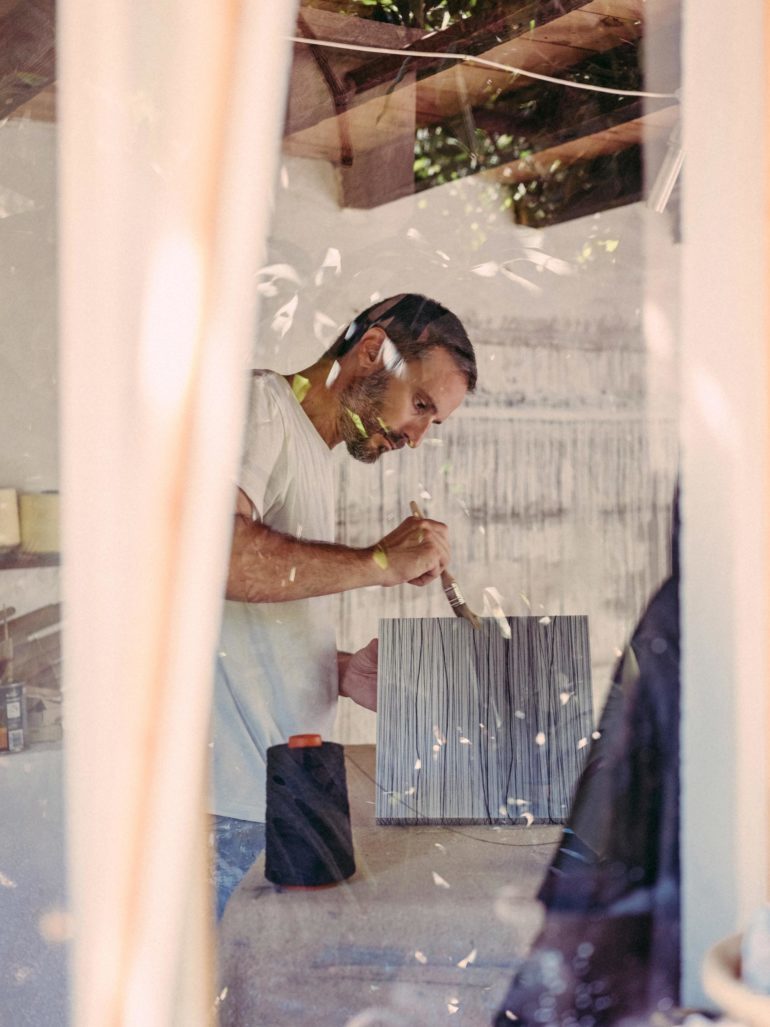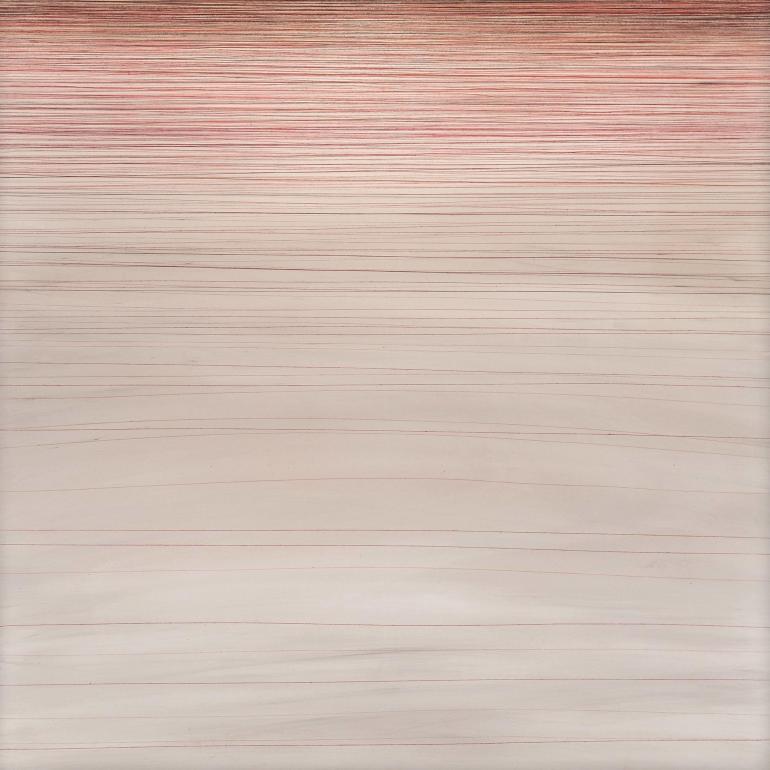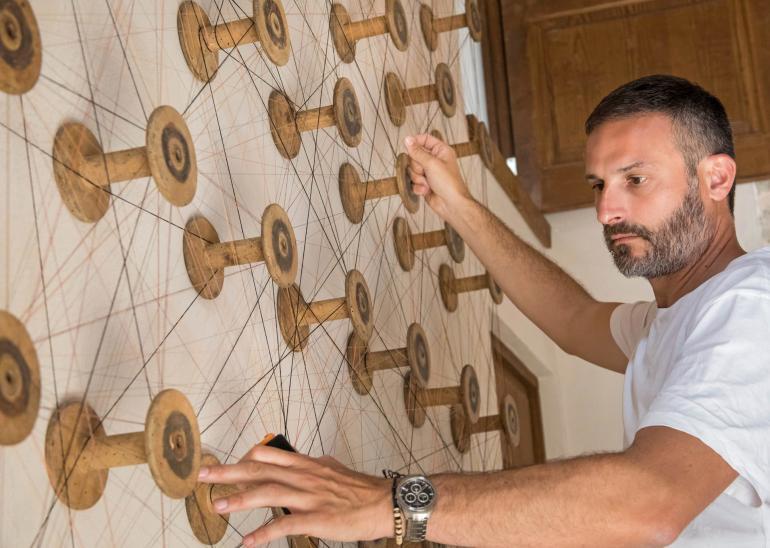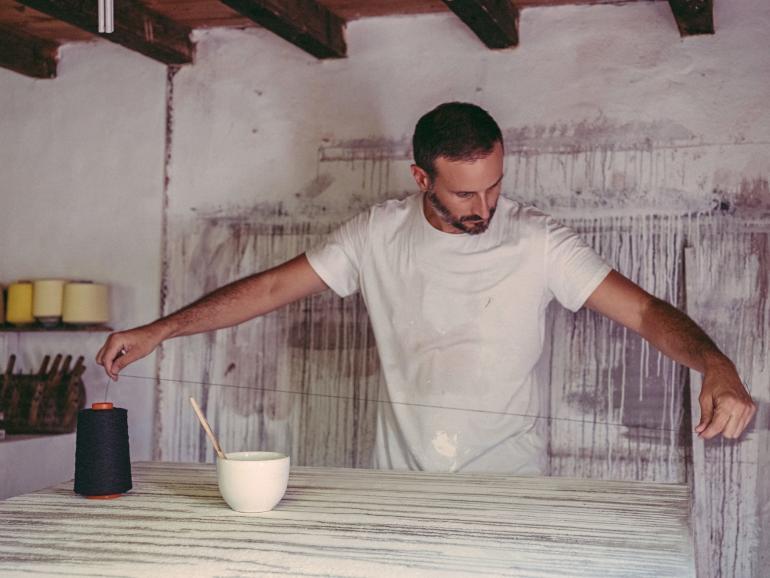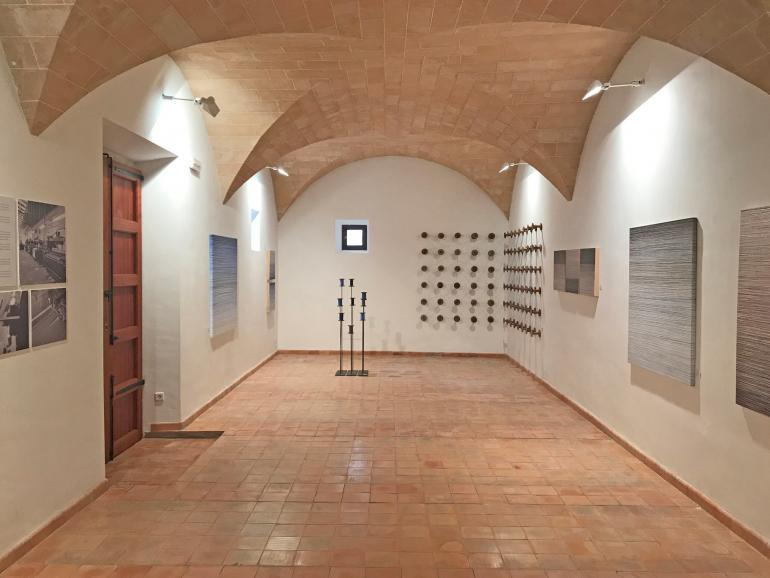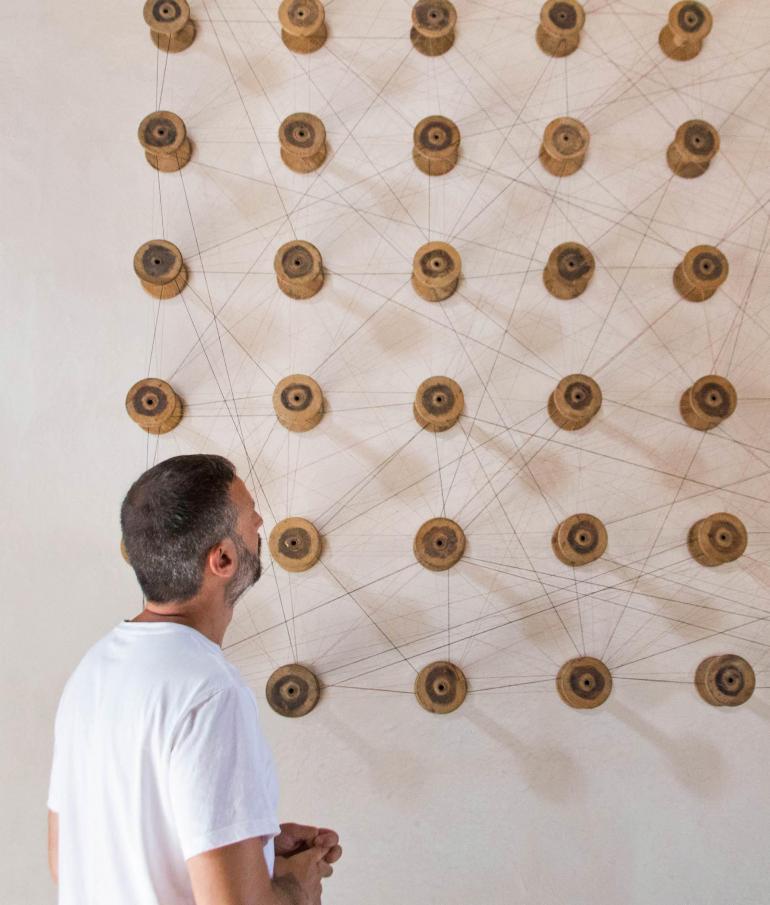Then, in 1865 a terrible plague ruined the orange and lemon trees of the valley and the only economic future for many peasants was to emigrate to France or America. When the citrus business recovered at the beginning of the 20th century, many returned to Mallorca with their pockets full of New World money. They built homes on the Gran Via that resembled French Art Nouveau buildings or the colonial houses of South America.
As a consequence, Sóller has a somewhat more ‘European’ vibe. Not that I’d ever say that out loud. From my short time on the island, I’ve worked out that Mallorcans – and folk from Sóller, in particular – are quite passionate about where they’re from. Don’t ever call them Catalan, for instance. Especially with the recent goings-on, they’re keen to distance themselves from that, putting it down to something they haplessly inherited, but have since evolved away from. I ask Toni why he feels being from the island is something so special.
“It’s quite difficult to define our identity. We’re quite reserved compared with other red-blooded Spaniards – probably because we don’t feel very comfortable talking about our inner selves. But, while we may not define ourselves, that doesn’t put us in any existential anguish, because inside we know very well who we are. We’re people who, in a selfless way, come together in associations and collective groups to defend our traditions, our roots and our culture. I think that’s what holds us together. We’re all born with eyes that are nourished by and worship the blue sea and the year-round sunshine. Yes, you get this in all the other Balearic islands, alongside picture-postcard villages, lighthouses and beautiful landscapes. But there’s something about Mallorca that makes it extra special. Here, I can be myself, develop and show my art in cosmopolitan Palma and, yet, find a small bay and dive into the water with my boyfriend and dog and break away from the world. I have found in diving one of my greatest escapes for disconnecting and relaxing. Under the sea, among the fish, rocks, algae and all kinds of marine life, I find the peace that I need. There, I’m able to extricate myself from my problems and take pleasure in enjoying a sport that entertains me and helps me in equal measure.”
Despite his belief that it’s hard to pinpoint the Mallorcan identity, Toni often coins his art as distinctively Mallorcan. Characteristically, his latest piece of work, Fil, tells a story of his hometown. His art is from the island and of the island.
He laughs, “I guess you’re right. I often let myself be carried away by wistfulness for the past and a bucolic point of view. My work reinterprets and reuses a material with a history – thread – turning it into the main element of a collection of works of art. Together with that, I present a part of Mallorca’s history that, in an artistic way, continues in time until this moment. What motivates my mind is art itself. I’m constantly aware of my surroundings, so in that sense, I guess my inspiration comes from the island. I’m very curious, I observe conversations, the environment, the people, animals. I always carry a pencil and a notebook around with me in case I find something inspirational. I love my island, its quirky residents, the light, the atmosphere. And I love the way people here are always smiling and greet you, even if they don’t know you. I adore simple folk, honest people who enjoy all the marvellous details that Mallorca gives us 365 days of the year.”
I ask Toni about the future.
“I’m very spiritual, although I sometimes feel things so intensely, they hurt too much. I cannot accept unjust situations that others don’t care about and I clash with people who don’t give importance to the things that I believe matter. I want to spend more time combining my great passion for art with humanitarian aid. Apart from being an artist, my profession is in design. I want to continue working with my partners and friends in the Som2 design studio. My job nowadays is important to me and brings a sense of balance, but truthfully I’d like to be able to dedicate more time to art and less to design.”
Before we part, I ask him what he feels his role could be in helping younger LGBT+ people here.
“We have experienced such a big change. Today, the little ones have fewer prejudices. They understand diversity better. Young gay people hide less and have some fantastic role models, which I don’t remember having, growing up here on the island. Before, I felt embarrassed when I thought people suspected I was gay and now it’s the complete opposite. I hope to be one of their role models. I would like to serve as an example to children and young people that being gay is never an obstacle to having the life you want. Some day ‘coming out’ will cease to be. I’m so happy that we’ve made progress, but there’s still a long way to go, a lot of steps to take.”
I leave inspired by what Toni has had to say. In fact, I leave inspired by Mallorca in general. I ask myself what it is about this island that sets it apart. Toni, like others, talks a lot about the magical quality the light has here. Others speak more spiritually about its soul and it doesn’t take much to see how these things might have led to the island evolving as a haven for a community of artists. Having spent all this time here myself, I think it’s only natural you feel inspired when you live in or come from a place of great beauty like this.
Toni’s work can be seen at Fera restaurant in Palma, as well as at exhibitions in galleries across the island and internationally.
Photography by Philippe Degrotte


